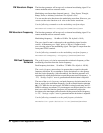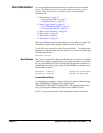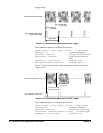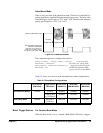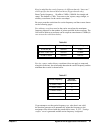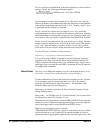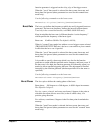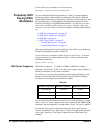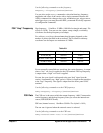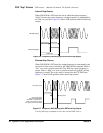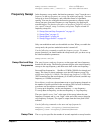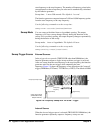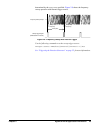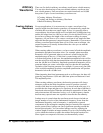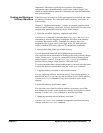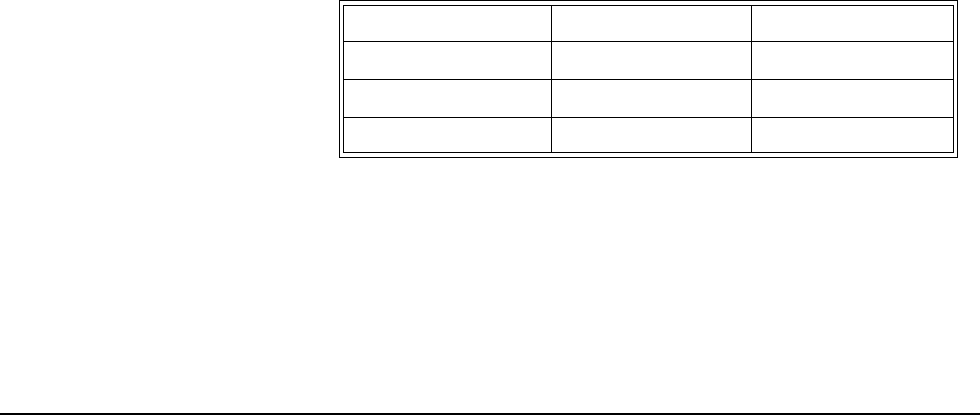
40 Agilent E1441A Application Information
Chapter 2
Use the following command to set the burst phase:
BM:PHASe <degrees>|MINimum|MAXimum
Frequency-Shift
Keying (FSK)
Modulation
You can configure the function generator to “shift” its output frequency
between two preset values using
FSK modulation. The rate at which the
output shifts between the two frequencies (called the “carrier frequency” and
the “hop frequency”) is determined by the internal rate generator or the
signal level on the"Ext Trig/FSK/Burst terminal". The function generator
can produce an FSK waveform using sine, square, triangle, ramp, and
arbitrary waveforms. Topics covered on frequency-shift keying modulation
are:
• “FSK Carrier Frequency” on page 40
• “FSK “Hop” Frequency” on page 41
• “FSK Rate” on page 41
• “FSK "Hop" Source” on page 42
-- “Internal Hop Source” on page 42
-- “External Hop Source” on page 42
Only one modulation mode can be enabled at a time. When you enable
FSK,
the previous modulation mode is turned off.
Use the following command to enable frequency-shift keying:To ensure
proper operation, you should enable
FSK after you have set up the other
modulation parameters.
FSKey:STATe OFF|ON
FSK Carrier Frequency FSK Carrier frequency: 10 mHz to 15 MHz (100 kHz for triangle
and ramp). The default is 1 kHz. You can use sine, square, ramp, triangle, or
arbitrary waveforms for the carrier waveform.
For arbitrary waveforms, the maximum carrier frequency depends on the
number of points specified in the waveform. The five built-in arbitrary
waveforms can be output at a maximum of 5 MHz.
For an externally-controlled
FSK waveform, the carrier frequency is output
when a "low"
TTL level is applied to the source selected by the TRIG:SOUR
command. The hop frequency is output when a “high”
TTL level is applied.
For
FSK, the sync signal is referenced to the FSK “hop” signal (not the
carrier). A momentary
TTL “high” pulse (> 200 ns) is output on the transition
to the “hop” frequency. The signal is output from the front- panel Sync
terminal.
Table 2-8.
Number of Arb Points Minimum Frequency Maximum Frequency
8 to 8,192 (8k) 100 mHz 5 MHz
8,193 to 12,287 (12k) 100 mHz 2.5 MHz
12,288 to 16,000 100 mHz 200 kHz



